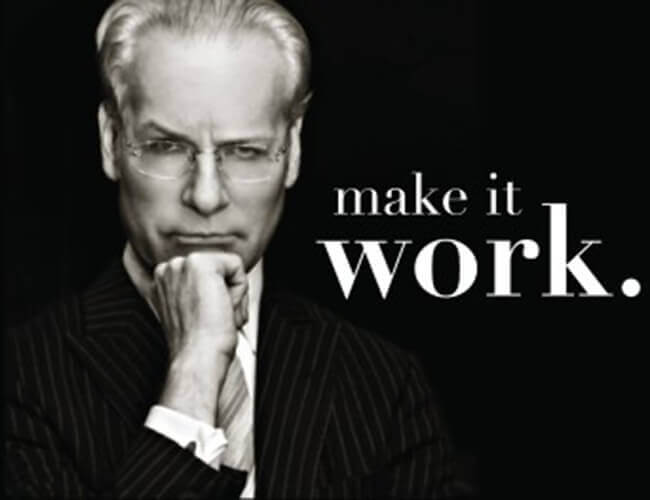I LOVE to end a training or support call and hearing my clients’ satisfaction, pride and confidence in their newfound knowledge, their commitment to getting certified, and the potential of meeting in person at DREAMFORCE!
But we all know that can’t happen all the time. There are some calls that go sour, some meetings where obstreperousness is abundant, and some that happen to fall on everyone’s bad day. These are key learning experiences and surely opportunities to strengthen your client relationship. At least that’s the glass half full perspective I like to cling to. On the other hand, someone very wise once told me that you’re not a real consultant until a client doesn’t like you.
Let’s go half full on this one. Below are some hard-learned lessons on how to make the most out of what you’ve got, and what’s been thrown at you, and still demonstrating to your client they’re number one.
Technical Difficulties Happen
This can be because of your computer’s lack of Chutzpah, the internet being broken, or the meeting tool you choose to use. The possibilities are seemingly endless. If fifteen minutes has gone by with no content, reschedule. The client (and you) will be able to finally exhale, recognize that the call got away from you, and have the hope that the issues will be resolved when you start fresh. Fix what went wrong, schedule during off peak hours, or use a different tool. Whatever you do, make sure it’s everything you can to make your second chance worth the wait.
This may be an initial disappointment, especially if the original meeting was scheduled far in advance. But remember, your client is human too, and will ultimately respect you a wee bit more for admitting when the situation is out of control AND for doing everything possible to fix it ASAP.
If client satisfaction is really your number one goal, then admitting (temporary) defeat, swallowing your pride, and ultimately admitting your humanity all to place your clients’ needs first will actually go a long way toward proving to them just that. They are important, and you know it.
Have a Plan and a Script
Basically, be prepared. The ease that you feel because of your forward thinking will come through in your voice, presentation, and message. When you are confident, your client will know. And that plan, if well thought out, will help your client learn in a meaningful way, in a logical order, and with a higher chance of retaining the information.
Communicate Expectations
Let your clients know within the first two minutes of the meeting exactly what you’re going to do together, where you’re going to do it (their production instance, a sandbox, a 3rd party application, or even Excel), and what they’re going to be able to do when the time is up and that the session is going to be recorded. This sets the standard for your client’s initial and final understanding of the topic, and also will inform you if they don’t have the prerequisite knowledge you expected.
Get Data Beforehand!
This informs you, helps you provide an easy script for the meeting, and flags issues before you are face to face, or the virtual equivalent.
Provide Links to Connect
Google Hangout, GoToMeeting, ReadyTalk; whatever technology you choose for the meeting, make sure to inform your client what meeting technology will be used and have confirmed the link you sent. Check your email until the client arrives in the room. There will be instances where the client will not make it to the meeting. Rescheduling with a guilt-free tone will ensure when you do meet, it will be a smooth start.
Provide Links to Online Resources Before AND After the Call
If you give your client the opportunity to gain knowledge before your training, you can make the best use of the limited training time you have, and the client will have greater knowledge at wrap time. If your client has requested additional information about something you touched on, make sure you follow up with the details. This demonstrates your commitment to your client’s further education and empowerment, and helps them know you’re in their corner.
If you practice these tips they will become a habit. They apply to one-on-one meetings as well as knowledge transfer, training, or support meetings.
Just keep in mind that your client is number one. They know it. You know it. They know you know it.
Have any more great tips on how to provide great customer service? Leave your comment below and share with this great community.





